Exploring Tujia Culture Along the Yangtze River: A Journey into Tradition
For international travelers seeking an immersive cultural experience, the Yangtze River region is not only home to breathtaking landscapes but also the vibrant heritage of the Tujia ethnic minority. With a history spanning over 2,000 years, the Tujia people—known for their resilience, artistry, and deep connection to nature—offer a fascinating window into China’s ethnic diversity. Here’s your guide to discovering their culture, customs, and how to engage authentically during your Yangtze cruise.
1. Who Are the Tujia People?
The Tujia are one of China’s 56 recognized ethnic groups, primarily inhabiting the mountainous regions of Hubei, Hunan, Chongqing, and Guizhou along the Yangtze and its tributaries. With a population of over 8 million, they have preserved their unique language, folklore, and traditions despite modernization.
Key Cultural Traits:
Animistic Beliefs: The Tujia revere nature, worshipping mountains, rivers, and ancestral spirits.
Matriarchal Legacy: Historically, Tujia women held significant social power, a legacy reflected in their bold textiles and leadership roles in festivals.
Stilted Architecture: Their iconic diaojiaolou, or stilt houses, cling to hillsides, harmonizing with the terrain.
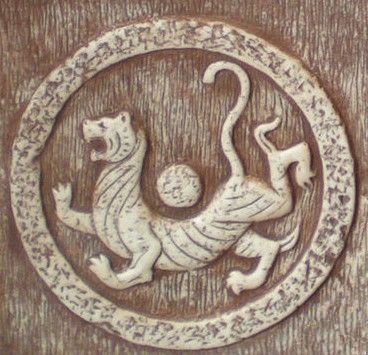 |
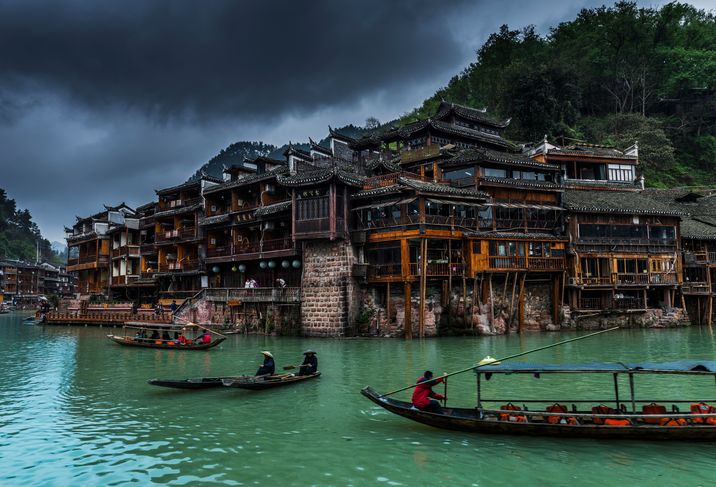 |
| Tujia Animistic Belief | Tujia Stilted Architecture |
2. Tujia Customs & Traditions
A. Festivals
Tujia New Year: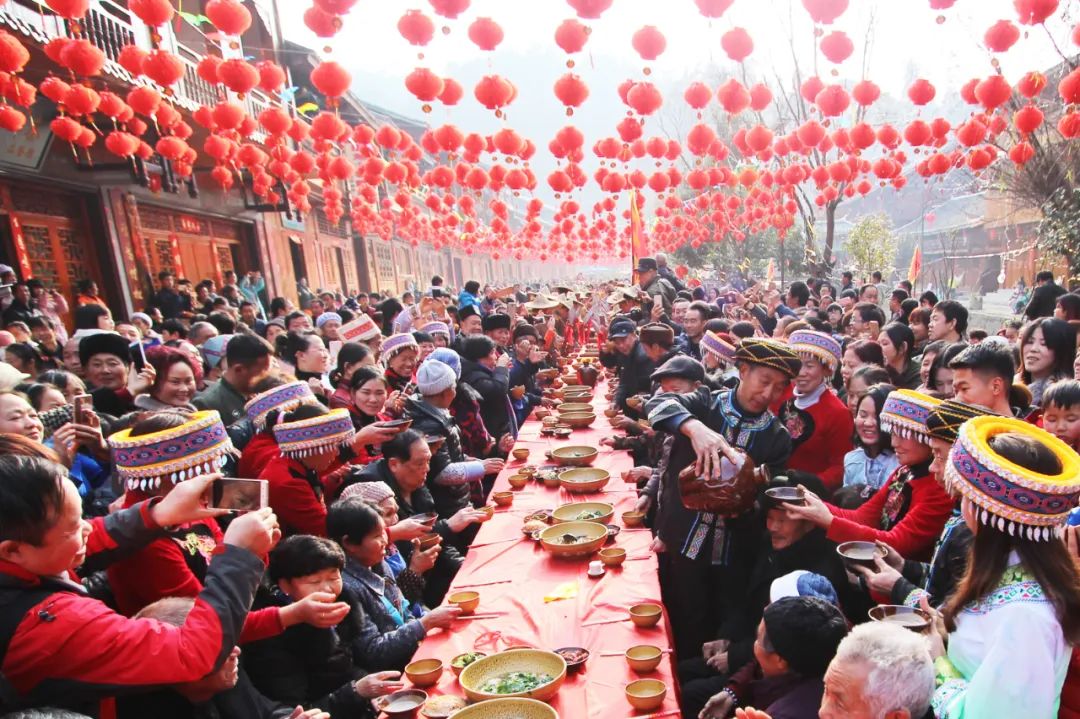
Celebrated a day earlier than the Han Chinese Lunar New Year, this festival honors ancestors with feasts, lion dances, and the "Hand-Waving Dance". Villagers gather around bonfires, singing ancient ballads and stomping to rhythmic drums.
June 6th Festival:
Marks the day the Tujia repelled invaders in ancient times. Activities include dragon boat races, embroidery competitions, and offerings to the River God.
B. Unique Marriage Customs
Crying Weddings: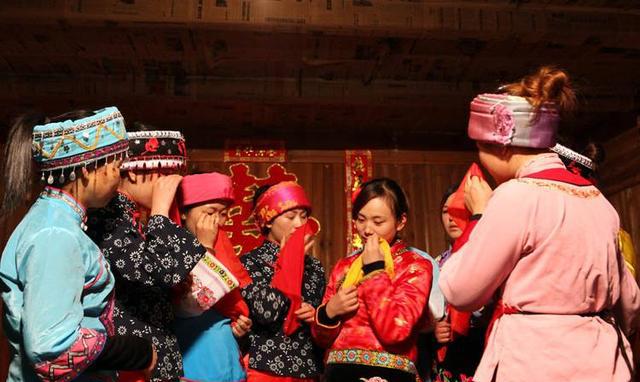
Brides traditionally weep and sing mournful songs for a month before marriage, expressing gratitude to parents and sorrow at leaving home. This ritual symbolizes loyalty to family roots.
Blocking the Gate:
Before entering the groom’s house, the bride’s family challenges his relatives with riddles and demands they drink rice wine—a test of wit and hospitality.
C. Handicrafts & Textiles
Xilan Kapu: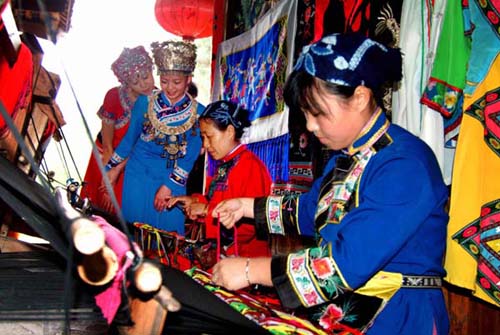
The Tujia are famed for their intricate brocade weaving. Using techniques passed down for generations, women create vibrant patterns depicting flora, fauna, and myths. These textiles are used for clothing, quilts, and ceremonial items.
Bamboo Crafts:
Skilled artisans weave bamboo into baskets, hats, and musical instruments like the lusheng (a reed pipe).
3. Experiencing Tujia Culture on a Yangtze Cruise
A. Shore Excursions
Shennong Stream: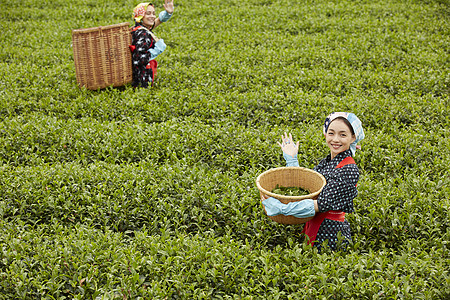
Navigate this pristine tributary in a traditional Tujia wooden boat. Local rowers, often dressed in indigo-dyed attire, sing folk songs and share tales of their ancestors’ symbiotic relationship with the river.
Tujia Villages near Badong or Enshi:
Visit stilt-house villages like Xizhou or Langping, where elders demonstrate rice-pounding, tofu-making, and embroidery. Participate in a tea-picking ritual in terraced fields or learn to cook heza, a hearty tofu-and-vegetable stew.
B. Onboard Cultural Activities
Hand-Waving Dance Workshops: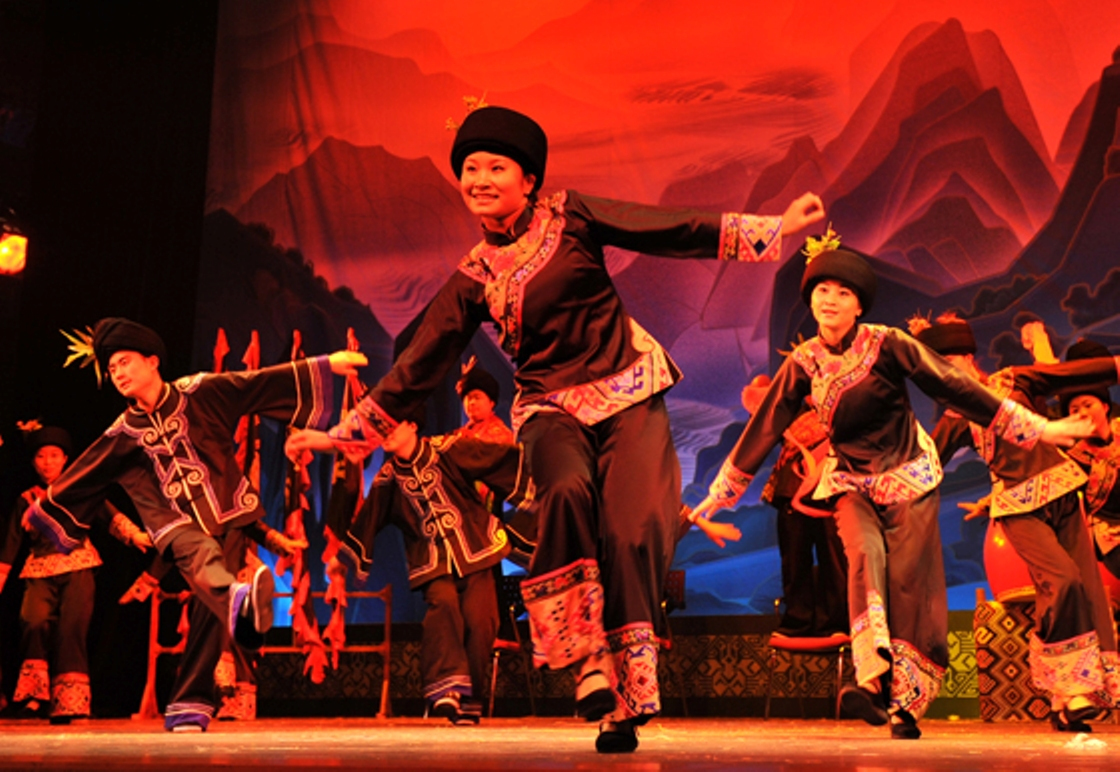
Join crew-led sessions to learn this hypnotic group dance, characterized by synchronized arm swings and foot stomps.
Brocade Weaving Demonstrations:
Watch artisans create Xilan Kapu and try weaving a small souvenir.
Folk Music Performances:
Evening shows feature the suona (loud double-reed horn) and muyu (wooden fish percussion), instruments central to Tujia celebrations.
4. Tujia Culinary Delights
Tujia cuisine is hearty and rustic, reflecting their mountainous environment:
Bacon & Preserved Dishes:
Smoked pork, preserved chili peppers, and pickled vegetables are staples. Try la rou, a smoky bacon often stir-fried with wild herbs.Ciba:
Glutinous rice cakes pounded in a mortar, served sweet (with honey) or savory (wrapped in bamboo leaves).Oil Tea:
A savory tea brewed with fried rice, peanuts, and tea leaves, said to energize farmers for long days in the fields.
Pro tip: Onshore, visit a Tujia home for a chang long xi, a communal feast where dishes are served on a long wooden table.
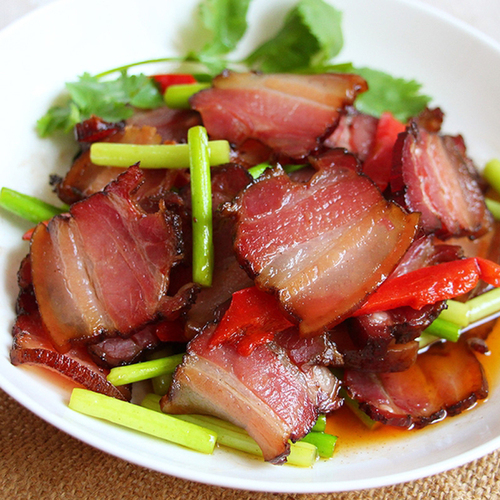 |
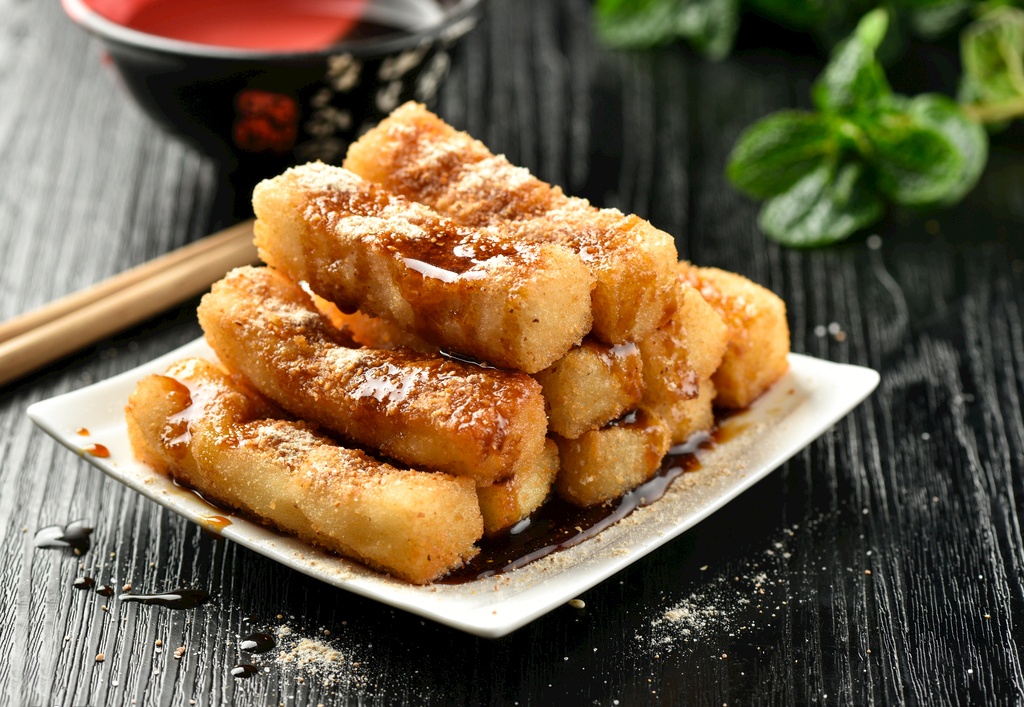 |
 |
| La Rou | Ciba | Oil Tea |
The Tujia culture is a living tapestry woven into the Yangtze’s cliffs and valleys. By engaging with their traditions—whether through a weaving lesson, a riverside song, or a shared meal—you’ll gain not just memories, but a deeper understanding of China’s rich ethnic mosaic.




































